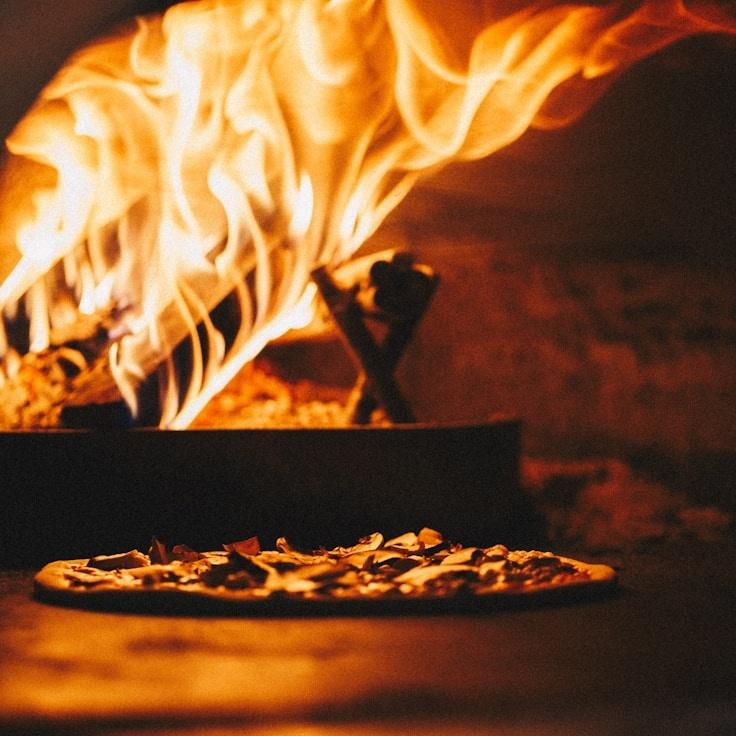Here at CrispBiscuitBar, our philosophy is that remarkable pizza begins with remarkable dough. With over 30 years of refinement, we're thrilled to impart some key insights. Our precise recipe remains our own, but these foundational tips will aid you in producing pizzeria-caliber pizza dough in your kitchen.
Choosing the Right Flour
Top-notch pizza dough is built on premium flour. 00 flour is our go-to, a finely milled Italian variety with a moderate protein level of about 12%, crafting an ideal mix of strength and softness. If 00 flour eludes you, a worthy alternative is bread flour, granting a somewhat altered consistency.
Managing Water: Temperature and Ratio
The warmth of the water used can dictate your dough's fermentation duration and its overall behavior. Employ chilly water near 45°F (7°C) to favor a leisurely fermentation that yields nuanced flavors; conversely, select tepid water at about 85°F (29°C) for a brisker pace. Aim for a water to flour ratio between 60% and 70%, suitable for domestic ovens.
Fermentation: Less Yeast, More Time
To achieve dough with a rich taste profile, reduce the yeast and extend fermentation. For our doughs that undergo a 24-48 hour fermentation, we utilize merely 0.2% of fresh yeast by flour weight. This unhurried method allows for the development of intricate flavors and results in easier digestion for the dough.
Role of Salt in Dough
Beyond seasoning, salt fortifies gluten structures and moderates fermentation. For every amount of your flour weight, integrate 2.5-3% of fine sea salt. Incorporate it once the water and flour begin to blend to avert its direct contact with yeast.
Mastering Fermentation
Following mixture, first let your dough undergo bulk fermentation at ambient temperature for a couple of hours, then split it into individual balls. Stow these in sealed containers and set them to chill in the fridge for one to three days. During this cold fermentation, enzymes transform starches into sugars, enriching flavor and contributing to the crust's appetizing golden hue.
Gentle Handling of Dough
Come pizza-making time, take your dough out of the cold storage one to two hours ahead of baking to normalize its temperature. When handling, be delicate to retain the developed gas bubbles. Rather than rolling it out, use your fingertips to press and extend the dough, keeping those air pockets intact.
Baking: The Heat Element
Although our wood-fired ovens can soar to 850°F (454°C), standard home ovens usually stop at about 550°F (288°C). To make up for this, it is best to bake on a pizza stone or steel that has been preheated for no less than one hour, ensuring the potent bottom heat necessary for that crispy exterior and fluffy interior.
Perfecting pizza dough is about the journey rather than the endpoint. Each round of dough-making brings new insights. We suggest keeping a record, tweaking various aspects, and discovering the optimal process in your particular cooking space.
Should you wish to witness our dough-crafting firsthand, attend one of our monthly pizza workshops where Chef Julian will showcase these techniques meticulously. Peek at our schedule of events for the next available session!

